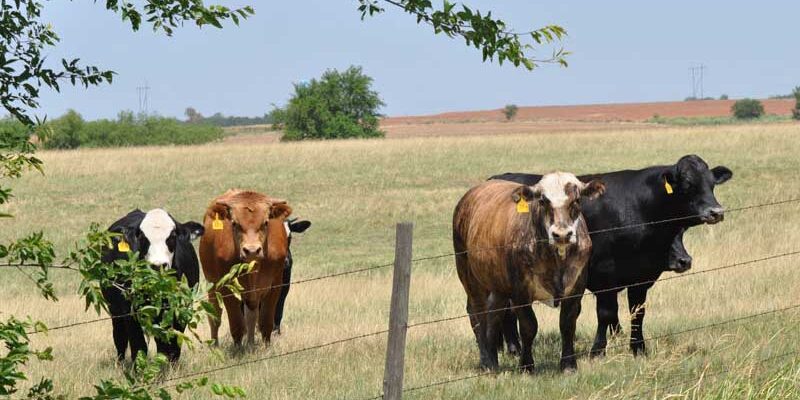If you’re a lake home owner who’s been waiting—and waiting—to sell, you’re not alone. High interest rates, uncertain buyer activity, and an overall sluggish real estate market have left many owners on the sidelines, unsure of when or how to list their property. But there’s a lesser-known strategy helping lakefront sellers break free from the wait: real estate auction.
And early summer? It’s the ideal time to act.
Why Auctions Work When Listings Stall
Traditional listings rely on passive interest and unpredictable timelines. Buyers browse at their own pace, make low offers, and often expect price reductions. In contrast, auctions create a competitive, time-sensitive environment that encourages serious buyers to take action.
Plus, lake properties have a distinct advantage: they’re lifestyle-driven purchases. In early summer, that lifestyle is on full display. People are boating, fishing, entertaining, and imagining their own weekends by the water. That emotional pull, combined with the structure of an auction, can drive higher offers than traditional listings.
“We’ve sold everything from high-end lake homes and buildable lots to commercial marinas through auction,” says Eric Johnson, a licensed broker who recently handled a string of successful lakefront auctions. “Many sellers came to us feeling stuck. But auction gave them a clear timeline, real buyer engagement, and a higher sales price than they expected.”
More Predictability, Less Stress
Selling a property through auction eliminates the endless waiting and constant negotiation. Sellers benefit from:
- A defined timeline—know your sale date in advance
- Pre-qualified buyers—no wasted showings or flaky offers
- No contingencies—sales are typically as-is and non-contingent
- Transparent bidding—buyers see the competition, which can drive up price
- Fewer holding costs—no more paying taxes, maintenance, and insurance for months on end
Auctions give sellers more control, especially in a market where traditional listings are languishing.
Ideal Conditions for Lake Property Sales
Right now is a unique window of opportunity. Interest rates may be high, but many cash buyers and investors are still active—especially when the right property is presented with urgency. Lake homes and land are in short supply in many regions, and auctions spotlight them with targeted marketing and clear buying deadlines.
Hosting an auction in June or July means your property is showcased when buyer interest peaks—and when lake life is at its most attractive. Buyers don’t want to miss the season. Sellers can use that sense of urgency to their advantage.
Auctions Attract a Wider Buyer Pool
Auction marketing campaigns are intensive and far-reaching, often drawing interest from across state lines. Unlike traditional listings, which rely on the MLS and passive exposure, auctions tap into digital platforms, email campaigns, targeted advertising, and social media to reach a broader audience of ready buyers.
This expanded reach is especially important for unique or high-value lakefront properties that may not appeal to a general audience but could be perfect for a specific buyer with cash in hand.
The Bottom Line: Action Beats Waiting
Whether you’re selling a modest lake cabin, a luxury retreat, or a waterfront commercial property, waiting for the market to “improve” could cost you more in the long run. Taxes, maintenance, insurance, and lost time all eat into your bottom line.
“The market may be slow, but auction speeds things up,” adds Johnson. “It puts sellers in the driver’s seat, even in a tough market.”
Don’t let uncertainty keep you stuck. A well-planned summer auction can get your property sold faster, with better results—and free you up to focus on your next chapter.
Ready to learn more? Contact an experienced auction broker today to discuss whether your lake home is a good fit for this strategy. The market won’t wait—but you don’t have to either.


